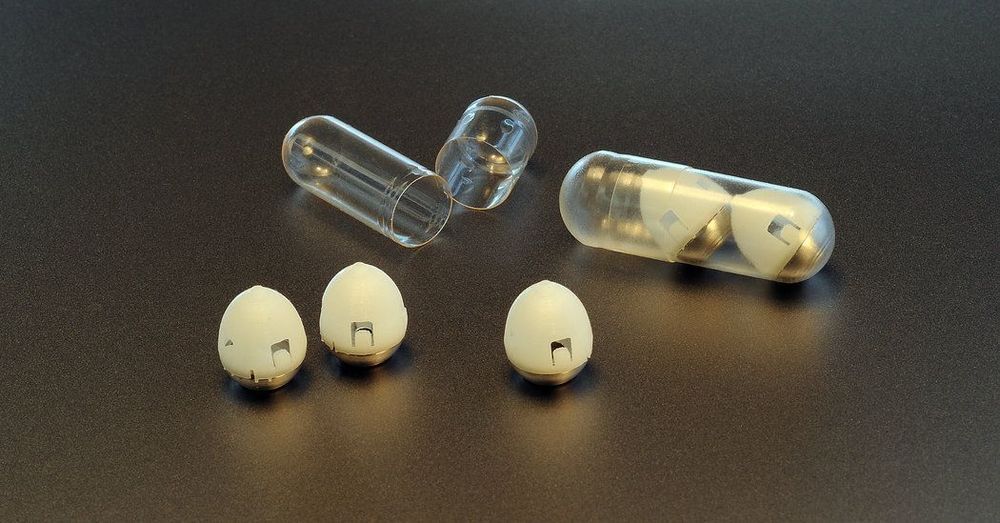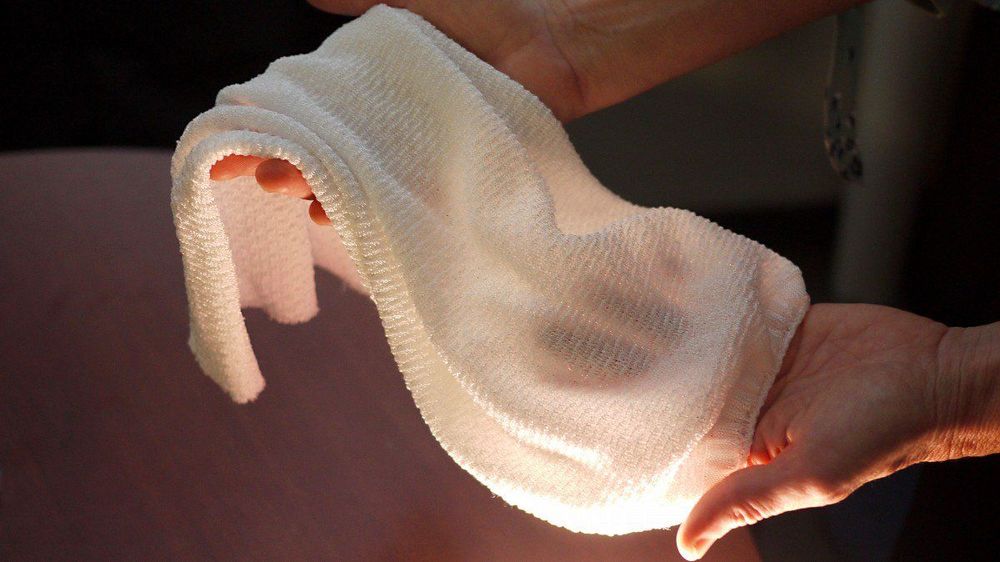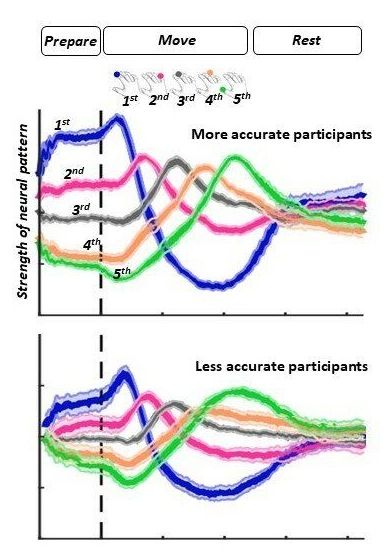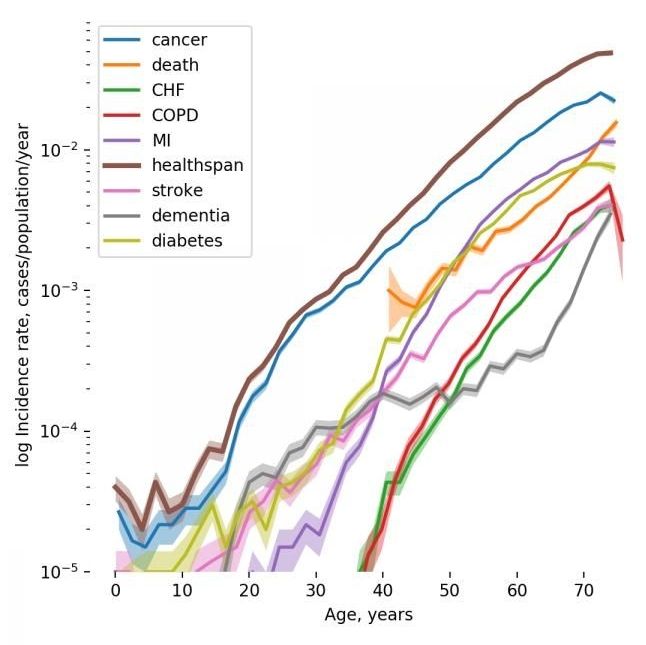Discover the world’s best science and medicine | Nature.com


Discover the world’s best science and medicine | Nature.com




He and Neil Armstrong were the first men to set foot on the moon as part of the Apollo 11 mission. Fifty years ago, Buzz planted the American Flag on the face of the moon. He has written 9 books, is a recipient of the Presidential Medal of Freedom and the Congressional Gold Medal, and is a tireless advocate for space exploration and discovery.

Reviewing the brain impulses, we could see that when participants were producing the sequences correctly and accurately, with no errors, each activity was spaced and ordered in advance of being executed. However, when mistakes occurred, the ‘queuing’ of actions was visibly less well-defined as separate and distinct actions. It appears that the more closely bunched and less-defined ‘queuing’ was, the more participants committed errors in sequence production and timing.
Neuroscientists at Bangor University and University College London have for the first time, identified the processes which occur in our brains milliseconds before we undertake a series of movements, crucial for speech, handwriting, sports or playing a musical instrument. They have done so by measuring tiny magnetic fields outside the participants’ head and identifying unique patterns making up each sequence before it is executed. They identified differences between neural patterns which lead to a more skilled as opposed to a more error-prone execution.
The research, funded by the Wellcome Trust, is published in Neuron Issue date 7 FEBRUARY 2019 (DOI: 10.1016/j.neuron.2019.01.018). Following further research, this new information could lead to the development of interventions which would assist with rehabilitation post-stroke or improve life for people living with stutter, dyspraxia or other similar conditions.
Lead author Dr. Katja Kornysheva, of Bangor University’s School of Psychology explained the significance of the findings:

The global population aged 60 or over is growing faster than all younger age groups and faces the tide of chronic diseases threatening their quality of life and posing challenges to healthcare and economy systems. To better understand the underlying biology behind healthspan — the healthy period of life before the first chronic disease manifestation — the scientists from Gero and MIPT collaborated with the researchers from PolyOmica, the University of Edinburgh and other institutes to analyze genetic data and medical histories of over 300,000 people aged 37 to 73 made available by UK Biobank.
The study published today in Communications Biology was lead by Dr. Peter Fedichev and Prof. Yurii Aulchenko. It shows that the most prevalent chronic conditions such as cancer, diabetes, chronic obstructive pulmonary disease, stroke, dementia, and some others apparently share the common underlying mechanism that is aging itself.
«According to Gompertz mortality law, the risk of death from all causes increases exponentially after the age of 40 and doubles approximately every 8 years», explains Peter Fedichev, founder and CSO of Gero. «By analyzing the dynamics of disease incidence in the clinical data available from UKB, we observed that the risks of age-related diseases grow exponentially with age and double at a rate compatible with the Gompertz mortality law. This close relation between the most prevalent chronic diseases and mortality suggests that their risks could be driven by the same process, that is aging. This is why healthspan can be used as a natural proxy for investigation of the genetic factors controlling the rate of aging, the “holy grail” target for anti-aging interventions».
In a world first, doctors in Sweden say they’ve wired a prosthetic hand directly into a woman’s nerves, allowing her to move its fingers with her mind and even feel tactile sensations.
The hand is an enormous step up from existing prostheses, which often rely on electrodes placed on the outside of the skin — and it could herald a future in which robotic devices interface seamlessly with our bodies.

Last month, researchers at Johan Auwerx’s lab at the Ecole Polytechnique Fédérale de Lausanne (EPFL) had looked at the connections between RNA-binding proteins and aging. RNA binding proteins (RBPs) play an important part in post-transcriptional control by binding to mRNAfter binding, RBPs can aid in the processing of pre-mRNA as well as mRNA stability, transport and translation [1].
Mitochondria
Upon screening aged animals for RBPs, researchers at the EPFL noticed increased activity of Pumilio2 (PUM2), which can lower the production of some proteins. It does this by binding to specific mRNAs (based on recognition sites) so that it can repress the translation of those mRNAs into proteins.

In the early 1990s, I was lucky enough to get some time on a 60 MeV linear accelerator as part of an undergraduate lab course. Having had this experience, I can feel for the scientists at CERN who have had to make do with their current 13 TeV accelerator, which only manages energies some 200,000 times larger. So, I read with great interest when they announced the publication of the initial design concept for the Future Circular Collider (FCC), which promises collisions nearly an order of magnitude more energetic. The plan, which has been in the works since 2014, includes three proposals for accelerators which would succeed CERN’s current big iron, the LHC.
Want to know what’s on the horizon in high-energy physics?